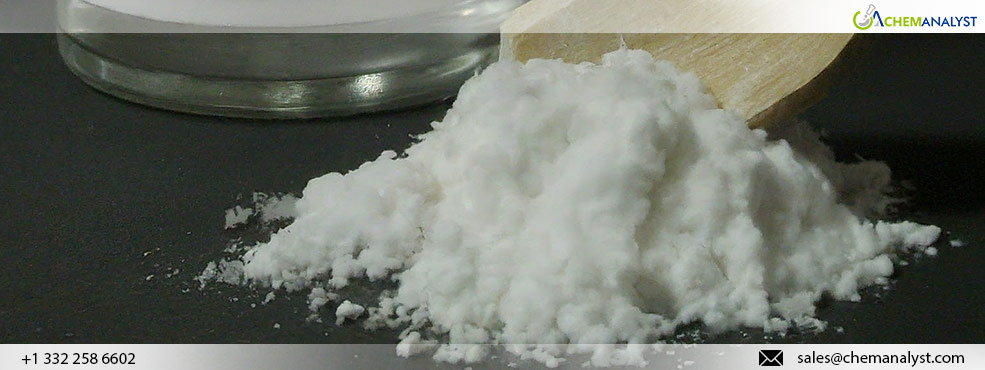Asian Sodium Thiocyanate Prices Rise in July Due to Production Shortages and Supply Chain Disruptions
- 14-Aug-2024 3:06 PM
- Journalist: Emilia Jackson
In July 2024, the Asian Sodium Thiocyanate market experienced a notable increase of approximately 12%, driven by a significant shortage of the product. This surge in price and demand occurred despite a general downturn in production activities in China. According to NBS, the Chinese Manufacturing Index (PMI), which measures production levels, remained stagnant at 49.5 from June to July 2024, reflecting a persistent decline in production across various sectors, including Sodium Thiocyanate. This stagnation in the PMI highlighted ongoing production challenges and contributed to the reduced output of Sodium Thiocyanate.
Despite this decline, demand for Sodium Thiocyanate saw an uptick due to seasonal factors. The upcoming Mid-Autumn Festival and the approaching harvest season prompted increased demand for Sodium Thiocyanate from the agrochemical industry. Insecticide manufacturers ramped up their procurement of Sodium Thiocyanate to prepare for the heightened demand during the harvest period. This seasonal demand spike counteracted some of the negative impacts of the decreased production, driving up the price of Sodium Thiocyanate.
However, the market faced additional pressures from various disruptions. Typhoon Gaemi, which struck the region, caused significant disruptions in the supply chain for Sodium Thiocyanate. These supply chain issues further exacerbated the shortage, contributing to the inflation of Sodium Thiocyanate prices. The combination of seasonal demand, production constraints, and natural disasters created a volatile market environment for Sodium Thiocyanate.
In addition to these challenges, leading chemical companies reported lackluster financial performances. Sinopec, China’s largest petrochemical and chemical manufacturer, witnessed only a modest 0.7% increase in sales during the first three quarters of 2023. However, its earnings fell by 6.6%, reflecting the broader struggles within the chemical sector. Similarly, Wanhua Chemical, another major player in the industry, reported a 1.6% rise in sales but a 6.7% decline in earnings. These results highlight the financial strain faced by companies involved in the production and distribution of Sodium Thiocyanate.
The struggling real estate market, weaker export performance due to soft global demand, and reduced foreign investment have all contributed to the malaise in China’s chemical sector. According to the National Bureau of Statistics (NBS), investment in the real estate sector—critical to China’s economy—dropped by 9.3% through October compared to the same period in 2022. This decline underscores the broader economic difficulties affecting production and availability of key chemicals like Sodium Thiocyanate.
Overall, while the Asian Sodium Thiocyanate market experienced a price increase due to a combination of production shortfalls, seasonal demand spikes, and supply chain disruptions, the sector remains under significant pressure. The ongoing challenges in production, coupled with broader economic issues, continue to impact the availability and pricing of Sodium Thiocyanate, shaping a complex and fluctuating market landscape.



